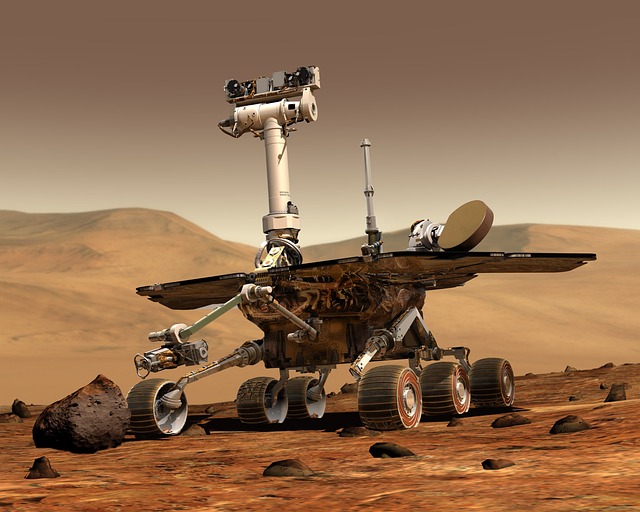In the rapidly evolving landscape of technology, the emergence of state space models is set to redefine the boundaries of robotics and artificial intelligence in business. By creating an intricate framework through which systems can be understood and controlled, state space models are paving the way for smarter automation and enhanced decision-making processes.
As we delve into the world of robotics, imagine a factory floor where machines work in harmony, anticipating each other’s moves with precision. This is not just a fantasy; it’s a reality that state space models can bring to life. These models allow robots to maintain a state” of operation, adjusting their actions based on real-time data inputs. They are designed to track various parameters, enabling machines to evaluate their surroundings, adapt, and execute tasks with minimal human intervention. Such capabilities not only streamline processes but also bolster safety and efficiency in the workplace.
Artificial intelligence, the backbone of modern automation, relies heavily on state space models to interpret complex data. In a business environment, AI systems can analyze vast amounts of data, predict trends, and make informed decisions swiftly. With state space models, businesses can simulate different scenarios, optimizing operations and resource management. This results in not just cost savings, but also a significant boost in productivity as machines learn to anticipate requirements and resolve issues before they escalate.
Moreover, as organizations embrace automation, the role of state space models becomes more vital. They offer a structured way to model the dynamics of automated systems, ensuring seamless integration and coordination between various elements of the production chain. This interconnectivity is crucial, as today’s businesses demand not only efficiency but also flexibility in operations to adapt to market changes rapidly.
For those working in technology and innovation, understanding state space models is essential. It’s not just about the theoretical aspects; it’s about harnessing the potential of these models to build systems that respond intelligently to inputs and mitigate risks. As we venture further into an age where robotics and AI continue to shape the future, the insights gained from state space models will be at the forefront of this transformation, making businesses smarter and more resilient.
In the world of education and learning, leveraging state space models offers a unique pathway to develop more advanced skills in robotics and AI. By highlighting their practical applications, students and professionals alike can cultivate a deeper understanding of how technology integrates into business processes and societal needs. This creates a workforce equipped not just with knowledge, but with the ability to innovate and lead in a competitive landscape.
As we look towards the future, the role of state space models in revolutionizing robotics and AI in business can’t be understated. They represent a shift towards more automated, intelligent systems that enhance productivity and adaptiveness, key traits for success in today’s fast-paced world. Embracing these advancements ensures that businesses remain relevant and competitive, ready to engage with the challenges and opportunities presented in an interconnected and automated society.




